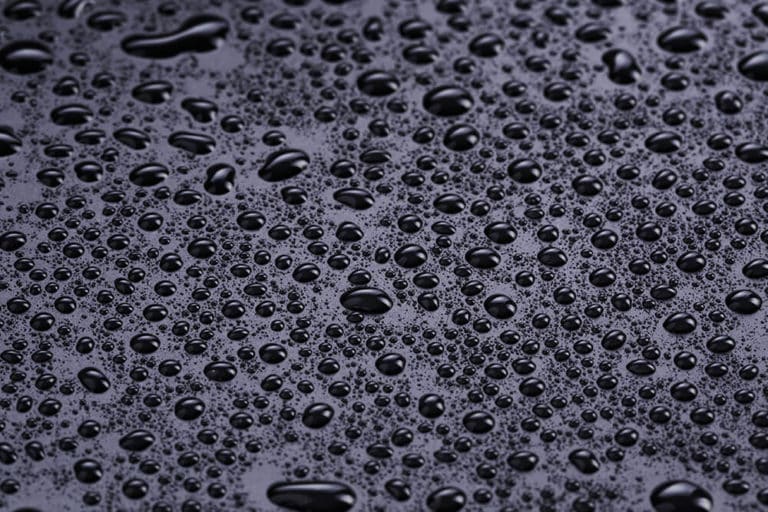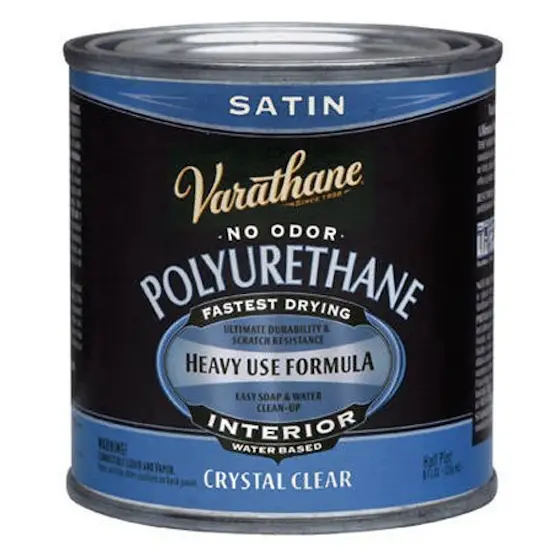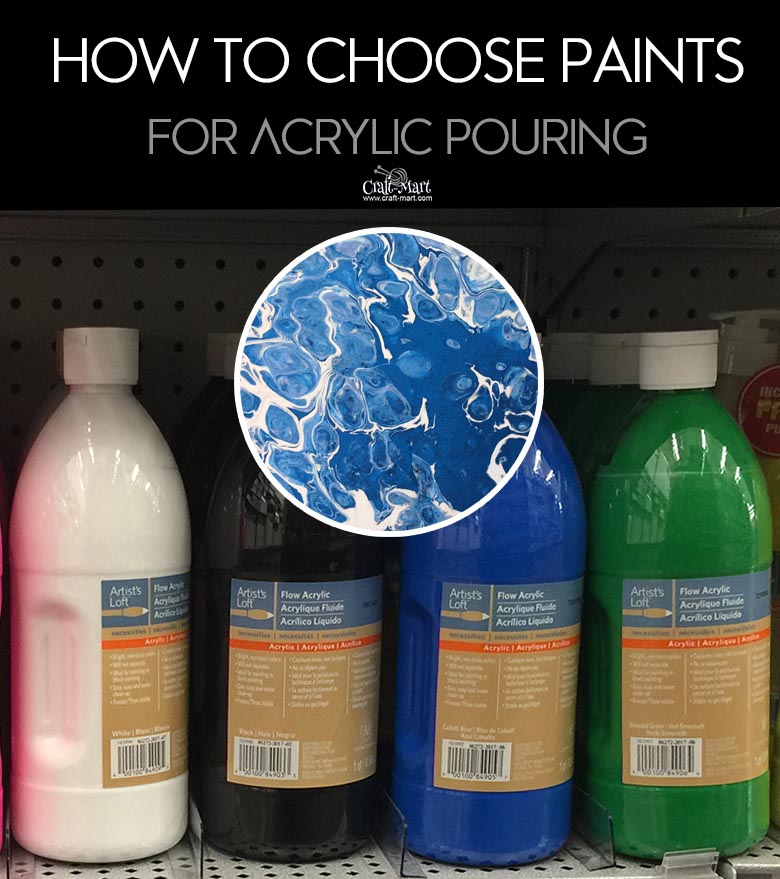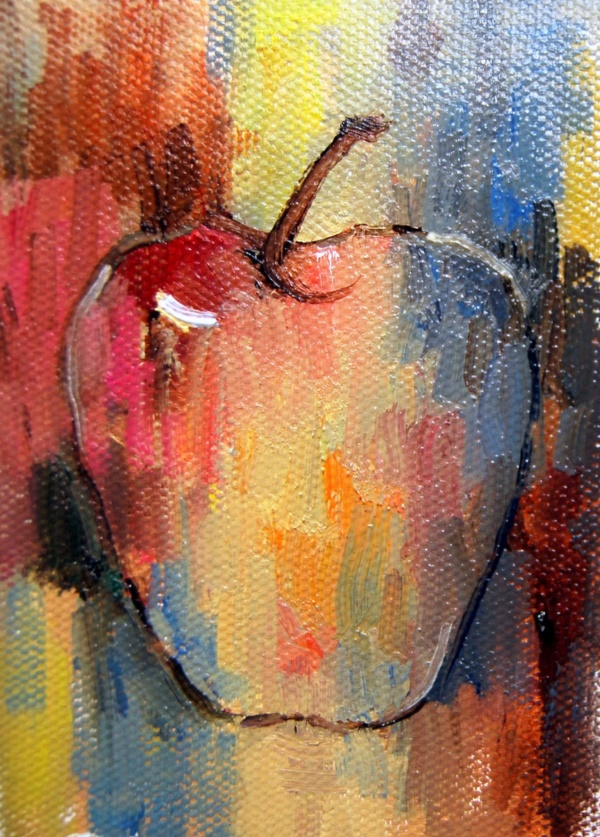Create a matte finish for your acrylic paint by applying Spray Mount Artist's Adhesive. This product is used for your finished artwork or painted surface. Once dry, it will protect your work from scratches and other damage while allowing the movement of layered material. In addition, it has a quick drying time, so you can apply other coatings or topcoats right after spraying. You should apply varnish to wood after painting with acrylics. Sealing painted wood surfaces with varnish is the standard procedure.
Changing the color or adding a glossy finish can completely alter the appearance of wooden objects. In addition to wood, varnish can be applied to many other surfaces. The best type of varnish for wood is polymer varnish.
The varnish should be applied in two coats and allowed to dry for a day or two between each coat. When waterproofing acrylic paintings on canvas, you should apply a sealer to finish the job. Acrylics are typically applied to canvases before priming. If the surface is not primed, you can use Gesso primer.
You can begin creating your art piece once the primer is dry. To make acrylic paint waterproof, you will need to apply a sealer such as a varnish, for example. There are spray sealers that are the most commonly used in the art world. The sealer will protect the coat of acrylic paint from the elements. I like to either use an acrylic sealer or a varnish to seal my acrylic paints.
Create a protective barrier over your acrylic paint with this product. It's ideally used as a gloss or satin topcoat for finished paintings. It can also be applied to an already dry image to give it a glossy finish. High-Performance Clear GAC 500 is flexible and will not yellow or crack over time. It's perfect for use on various surfaces, including paper, canvas, wood panels, masonry, ceramic tiles, fabric, and even metal.
How To Make Acrylic Paint Waterproof Diy You can make acrylic paint waterproof by applying a non-water-soluble primer such as an Acrylic Gesso. Waterproof the canvas either with an Oil or Acrylic Painting Ground. If you use one, then your painting will be more durable and oil-based.
The product can be diluted with water and used as a base for water-sensitive acrylic colors. If you are using the acrylic paint for outdoor painting, then you will have to waterproof it. You can do that by using a top coat of an artist's Acrylic Matte Medium.
If you're waterproofing an acrylic painting on canvas, you'll want to add a sealer to complete the project. Most canvases are pre-primed to hold acrylics to the surface. You can use a Gesso primer to prepare an un-primed surface. When the primer is dry, the canvas is ready for you to create your art piece. Acrylic paint doesn't always dry in a waterproof finish, but you can try using fabric medium to seal your project.
Fabric medium is a mixture of acrylic paints and solvents that changes the paint's properties. It should be applied like a wash over the surface of the fabric before painting on it, then it will help preserve the dried acrylics for longer periods of time. After applying the first coat, you can leave a drying time of 24 hours before adding the second coat of sealant. We recommend Krylon varnish for your outdoor acrylic paint sealer for wood projects. Varnish is the standard go-to for sealing painted wood surfaces. It can completely transform a wooden object's appearance, changing the color tone or adding a glossy finish.
However, you can seal other surfaces with varnish too. However, it also means that acrylic paintings can be more susceptible to water damage than those created using oil paints. A number of people have reported using PVA glue as a sealant on their acrylic paints to try and provide their artwork with some protection against water. As you can imagine, once the PVA starts to peel it can pull parts of your acrylic paint off your canvas or paper too. I was intentionally looking for a non yellowing varnish/clear coat that didn't have solvents or harsh chemicals that are yellowing my acylic white primer/paint.
Durable enough to protect from traffic with uv stability. Then I use rustoleum 2x spray colors on top of my acylic, so a clear finish that is compatible with acylic & spraypaint. I wanted a 2-3 day outdoor finished job, or I give up on a sealer. To go with a complete acrylic system to rush the curing time may help.
I've only come across acrylic ureathanes, or something as durable as Bona HD floor coating, but it seems to expensive. The only other system that works is a breathable hard wearing sealer, as used on stains which breath & last decades. There are times when we make errors that make us start all over in a certain area. How then do you begin when there is dried paint on the canvas? All you need to do is apply some coat of medium gray acrylic painting to the affected area. The moment it becomes dry in some minutes, you will then be able to apply the color you desire.
This is required as against getting your colors layered sometimes. It will ensure that the surface is kept smooth as against having a textured surface for different layers of paint. An acrylic sealer like varnish will seal acrylic paint on your plastic and protect the layer from damages. The varnish is a durable finish that you can use to protect a painted material. To apply varnish on acrylic paint means adding a protective topcoat to seal the finished painted material.
Acrylic paints may be all that hard and robust when it's dry, but a little water spill could ruin the paint on the plastic. Moreover, acrylic paints are not waterproof – they are only resistant to water to an extent because it's a polymer. So it can absorb little water, which is why you need to seal the paint. Additionally, they don't usually hold up well to severe, frequent handling, as other paints. They also work better on surfaces that are aerated like wood than plastic.
Instructions Make sure your acrylic painting is dry before applying the varnish sealer. Apply the first coat of varnish with a wide base coat brush. Apply a second coat going the opposite direction of the first coat. To waterproof your acrylic paint, you will need to apply sealants. Applying a sealer after the paint dries will preserve it for a long time. You can apply sealants on either interior or exterior acrylic painted surfaces by spraying or brushing them on.
In other words, if you don't properly finish your paint project with an outdoor acrylic paint sealer, the paint will wash off when exposed to the elements. While the paint might stick to your painting surface, if it's exposed to water before it's completely dry, the paint will wash off. This product is a high-quality, water-soluble gloss resin. It's mainly used as an additive to increase the flexibility of acrylic paints and mediums. But you can also use it to protect your finished painting or artwork by creating a waterproof finish with only one coat.
On top of this, some hairspray formulas may causes issues with your paints and start to break them down and potentially ruin your artwork. If you want to dye fabric, one of the easiest ways is with acrylic paint and fabric medium as opposed to more expensive enamel fabric paints. This method of coloring fabric doesn't work well to achieve dark colors but is great for watercolor-like effects and tie-die. Simply mix 1 part acrylic paint, 1 part fabric medium, and 7 parts water.
Add extra water if you want a more washed-out look. Let the paint soak into the fabric for two hours in the acrylic paint wash, wring out any excess water and hang the wet fabric up to dry. Use can also you this same mixture in a spray bottle to create a sprayed-on effect that will give you better results than fabric dyes. Acrylic paints are without a doubt some of the most commonly used types of paints.
Hence, if you use sealers and primers, your item will become water-resistant and preserved. It will go a long way in assisting the item looking its best for quite a long time. This is why it is advisable to use small amounts of paints on your brush each time.
Before we get into the specifics of waterproofing acrylic paint, it's important to first have a basic understanding of what this type of paint is and how it works. Acrylics are water-based paints that consist of a pigment suspended in a polymer emulsion. This means that when they are wet, they appear glossy and translucent; but once they dry, they become opaque and relatively hard. It's easy to add design and color to your birdbaths, clay planters and more. This weather-resistant acrylic paint is specially formulated to resist water and adhere to surfaces, even in changing temperatures. To make acrylic paint waterproof, you need a sealer or varnish.
There are many types of spray or liquid sealers and varnishes available at art or craft stores. They may come with varying features, but their main goal is to protect the paint from the elements. Look for a sealant or varnish made for acrylic paint. Although some people do apply two coats of their sealant, this is usually not required provided that you are using a reputable product that has a proven track record. Regular acrylic paint is not waterproof once dry and will quickly end up having issues if it ends up getting wet.
Although there are some outdoor acrylic paints on the market, these are also not waterproof once dry and will also end up having issues if your artwork gets wet. I then applied the fixative or varnish in columns of 0, 1, 2, 3 coats. When it was dry I ran a wet paintbrush over the colours trying to re-wet them. It was more absorbed into the surface and better adhered.
This was especially true of the single light wash layers. As more layers of thicker paint were applied, the top layers of unvarnished watercolours were more re-wettable. If you wish to use acrylics in the manner of a watercolour, be aware that a very dilute acrylic may not have enough binder to make the paint waterproof. Using Airbrush Medium instead of water to make the paint more fluid without thinning it of acrylic binder, works very well. For that, you can use mod podge sealers on top of water-based and oil-based paints, glazes, and varnishes.
These are clean, dry, waterproof, and non-yellow in color. A painter may Apply Mod Podge to make the surface waterproof and smooth. The procedures are the same as using the Mod podge or any other sealer.
With their permanent properties, they can be painted on fabric and then machine washed without damaging them. It is essential that you varnish your completed acrylic paintings. The varnish will protect the painting from dust, UV rays and yellowing. I usually stick with gloss varnish because I love the look of a glossy finish, but you may have your own preference.
If you want to make your acrylic painting waterproof, you must use a sealer over it. Several spray sealers are often used in the art world. These sealers will help in protecting the dried paint from natural elements. What this means is that it will no longer be able to absorb water into its pores. This will surely help in prolonging the life of the said item. The primary process includes mixing pigment with acrylic polymer resin.
They do have the quick-drying property that is because the water evaporates in an instant. You can also try heating the painting to let it dry even faster. Is your plastic surface or furniture fading or losing its effervescence to the extent that you're thinking of replacing it? Rather than tossing it away, applying some topcoats/ seals on the acrylic paint will bring the surface back to life. Plastic, unlike wood, is challenging for getting acrylic paint to stick.
Moreover, acrylic paint tends to peel off after a while, so sealing it is the best chance of making the paint last longer while it still retains its aesthetic finish. In this post, we will discuss how to seal acrylic paint on plastic. Acrylic paint is pretty sturdy as far as art paint goes. Unless you want to make your paintings with weather-resistant house paint, acrylic paint is a good choice for projects that might get a little wear and tear.
That said, it isn't indestructible and there are things you should know if you want your acrylic artworks to be at their best. First, let's talk about how acrylic paint is made and why it can degrade overtime. Then, we'll talk about varnishes you can use to protect your acrylic paintings. After the acrylic paint has dried, seal the painting with a sealant. In order to speed up the drying time, you can purchase a spray sealer or use a liquid sealer. You should seal your painting with a UV-protective sealer to extend its lifespan.
To waterproof acrylic paints, they will need to be painted over with a special kind of varnish. This varnish is a unique form of acrylic gloss that adds a protective coating over the paint – protecting the pores against absorbing more water. Acrylic paint is one of the most versatile art forms, but it can also be a pain to work with. If you want your acrylic painting to last outside or in an area that might get wet, try our tips on how to make acrylic paint waterproof! You can also use this method to protect one layer of paint from another while it dries, but don't plan on using any other layers in between. Create glossy finishes for use in galleries and museums.





















